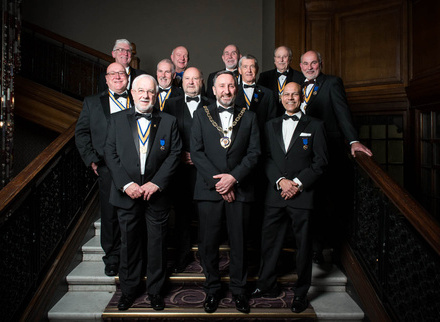
Architectural Technology
An essential design function with its main influence on process, performance and buildability.
Then, now and into the future, the discipline is as relevant as ever.
This demonstrated the need for Architectural Technicians and an Institute for technicians to be sponsored by the RIBA to ensure the maintenance of standards, education and training.
A Society to represent all technicians within construction and demonstrate multi-disciplinary training and understanding. In its first year, 1,799 technicians joined the Society.
This leads to an increase in membership as SAAT successfully embedded itself as a lead body within the construction industry.
The name change recognised the development of the Society and its place within the built environment sector as the body for specialists in Architectural Technology.
BIAT presented with the formal letters of patent from the Institute Coat of Arms, from which the Institute's logo is taken.
This is to recognise the development educationally and in practice of the professionally qualified Architectural Technologist.
The protected descriptor Chartered Architectural Technologist for its Full Members is introduced cementing Chartered Members as one of the lead professions at the forefront of the built environment.
The Chartered Architectural Technologist is a regulated profession within the UK under EU Directive 2005/36/EC.

